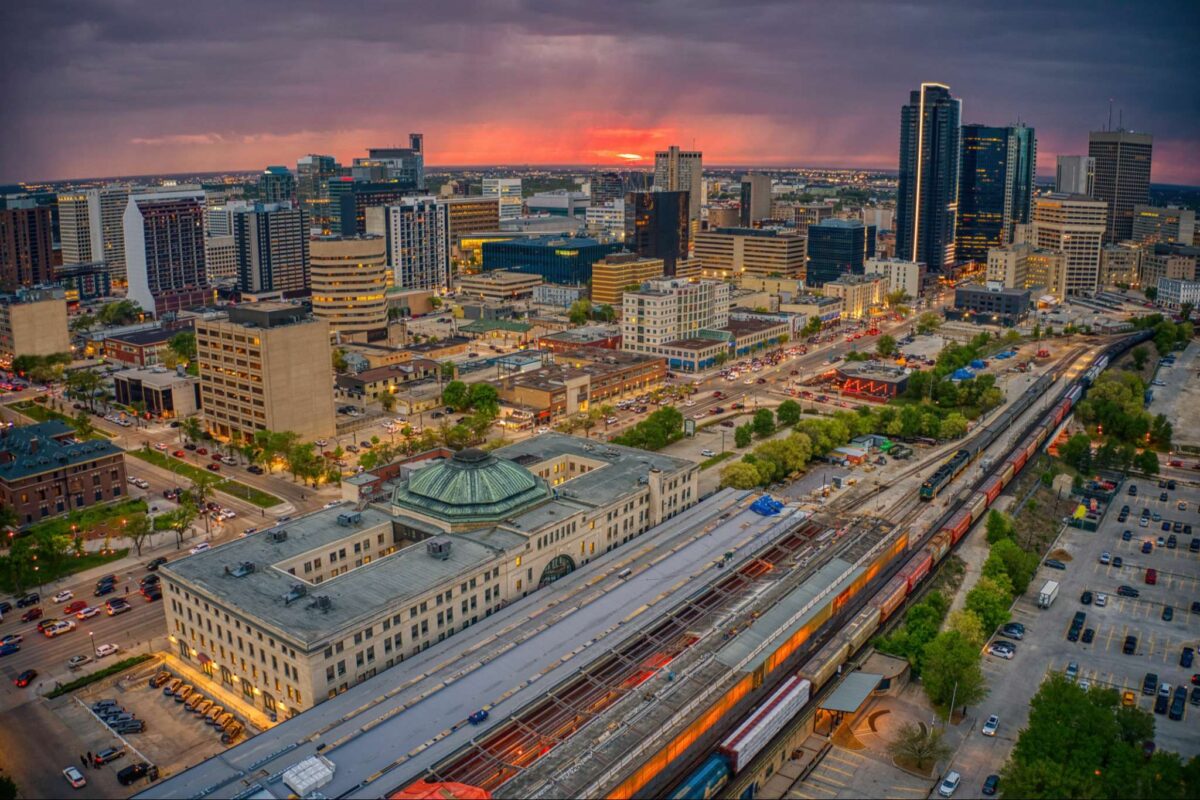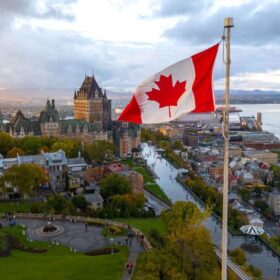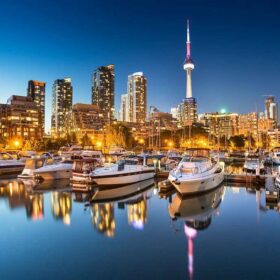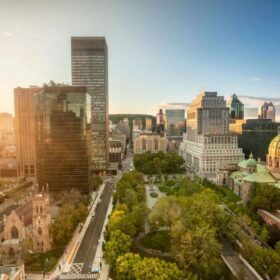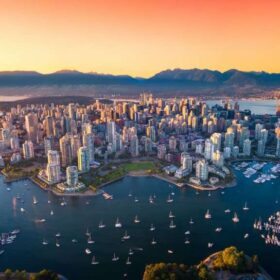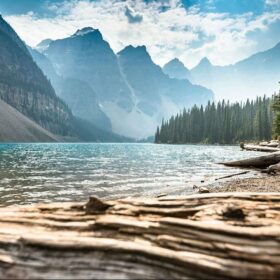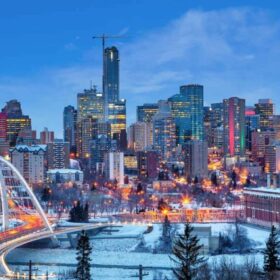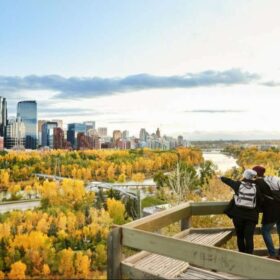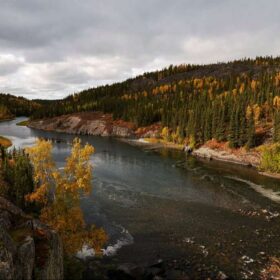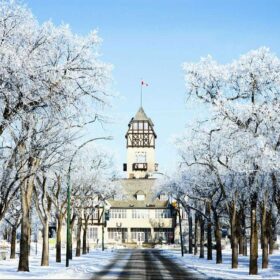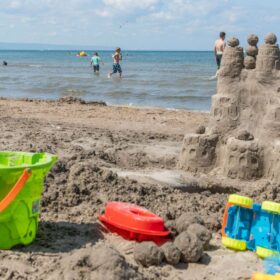Author Michael Law, who grew up in Winnipeg, and his wife, author Lana Law, were long-time residents of the city and make an annual return.
Internationally recognized as the home of the Winnipeg Jets, the city’s NHL team, Winnipeg is also nationally acclaimed for its vibrant arts and cultural scene. Locals, affectionately known as “Peggers,” actively engage in cultural pursuits, ranging from drama and ballet to concerts and opera. Recently, Winnipeg gained prominence with the addition of its newest major attraction, the impressive Canadian Museum for Human Rights.
Situated equidistant from the Atlantic and Pacific oceans, Winnipeg serves as the heart of central Canada. The city’s diverse climate, characterized by hot summers and cold winters, influences the array of activities available throughout the year. Regardless of the season, Winnipeg always offers abundant opportunities for enjoyment.
For suggestions on where to commence your visit, refer to our list of the best things to do in Winnipeg.
1. The Forks
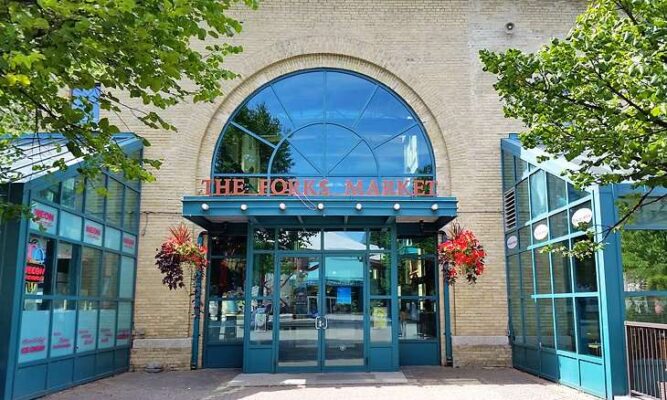
The Forks is a convergence point of two rivers—the Red River and the Assiniboine River—essentially the heart of Winnipeg, where people congregate to explore The Forks Market, dine at various restaurants, enjoy buskers, and live music, and relax by the river.
Its significance as a meeting place stretches back over 6,000 years, with indigenous people using it as a gathering spot. A water taxi service is available, allowing you to board a boat and cruise along the river to other popular city destinations. This location provides an excellent opportunity to immerse yourself in the city’s atmosphere and is conveniently situated near many other popular attractions in Winnipeg, such as the Children’s Museum (a top family activity in Winnipeg) and the Canadian Museum for Human Rights.
2. Canadian Museum for Human Rights
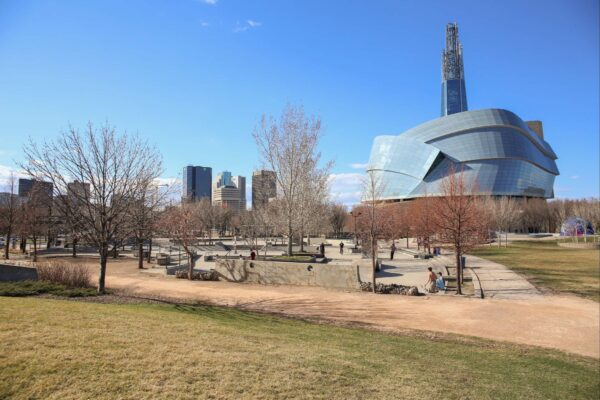
The Museum of Human Rights, a recent inclusion in Winnipeg’s cultural landscape, stands out as the city’s cutting-edge architectural icon. Renowned for its striking building design and innovative approach to presenting human rights narratives, the museum has become a significant Canadian cultural institution.
Visitors begin their journey on the ground floor and traverse over six levels, exploring 11 galleries. While it has sparked controversy, there’s no denying its importance in the Canadian cultural scene. The Israel Asper Tower of Hope, offering stunning views of the city, is another notable feature alongside the galleries.
3. Legislative Building
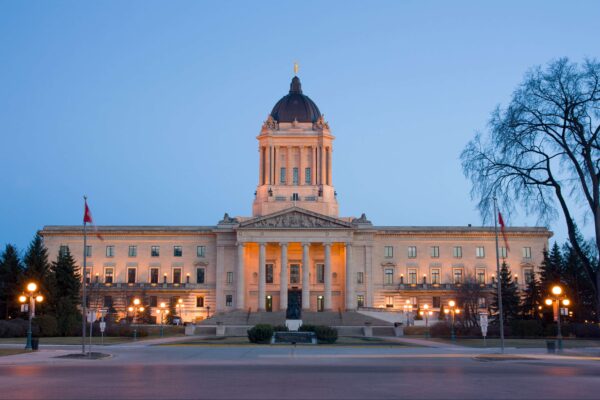
Constructed from local Tyndall stone and Italian marble, the grand Neoclassical Legislative Building in Winnipeg was finished in 1919. Noteworthy aspects of the structure include concealed hieroglyphics, Freemason symbols, and clandestine numerical codes. Weekly tours, guided by an architectural historian, provide insights into these unique features.
The expansive grounds boast statues, monuments, and well-kept gardens. Crowning the 72-meter dome is the Golden Boy, a four-meter-high bronze weighing five tons and adorned with 23.5-carat gold. With a torch in his right hand and a sheaf of wheat on his left arm, the statue symbolizes Manitoba’s enduring agricultural prosperity.
4. Winnipeg Art Gallery
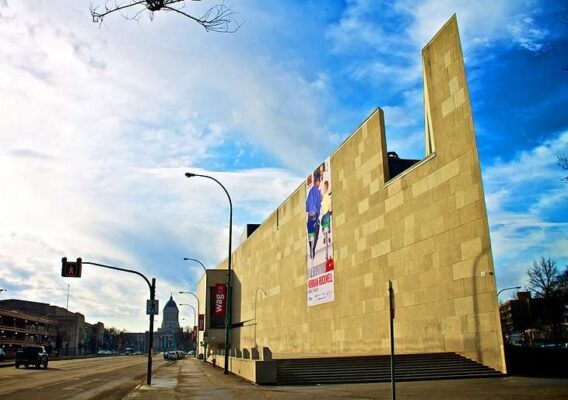
Housed in a contemporary building designed in the shape of a ship’s bow, the Winnipeg Art Gallery features 25,000 pieces spanning collections of classic and contemporary art by Canadian, American, European, and Inuit artists.
Recently renamed in 2021, the former Inuit Art Gallery is now known as Quamajuq. Within this new architecturally striking 40,000-square-foot facility, you’ll find over 14,000 pieces of Inuit Art. The craftsmanship of the Inuit is showcased throughout the gallery, with the most impressive area being the three-story-high Visible Vault, displaying 7,500 pieces.
As Western Canada’s oldest art gallery, the Winnipeg Art Gallery frequently hosts events and showcases a diverse range of artists, including poets and jazz musicians. Don’t miss the unique triangular rooftop sculpture garden for panoramic views of the city. Conveniently located downtown, the gallery is not far from The Forks.
5. The Manitoba Museum
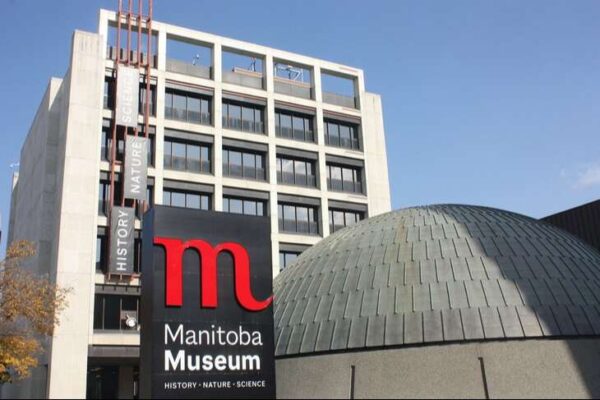
The Manitoba Museum is primarily dedicated to the human and natural history of the province. The nine permanent galleries showcase the finest aspects of what the province has to offer, and the highly interactive Science Gallery and Planetarium present the vastness of the night sky on its domed screen.
Key attractions of the museum include a 95-million-year-old Pliosaur fossil, a display that recreates the northern lights, and a recreated Hudson Bay fur trading post.
One of the most renowned exhibits is the Nonsuch, a 17th-century replica ketch sailing ship. Visitors can climb aboard and explore all areas of the ship to witness the challenges faced by the courageous individuals who crossed the Atlantic centuries ago. The museum is located downtown, not far from the Exchange District.
6. Fort Whyte Alive
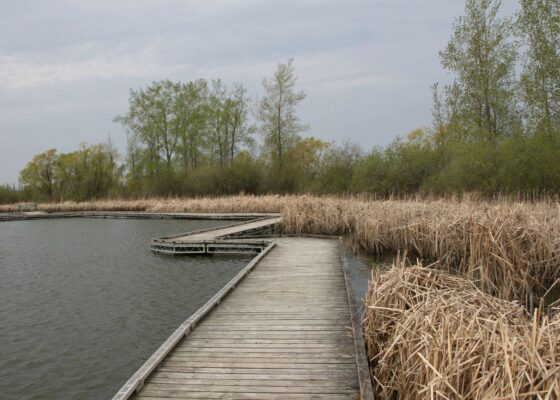
Encompassing 259 hectares, Fort Whyte Alive is renowned for its five lakes, expansive parkland, and bog boardwalks. The interpretive center features an aquarium and nature exhibits, showcasing burrowing owls. Outdoors, visitors can observe the bison herd, visit bird-feeding stations, explore the sod house, or witness the prairie dogs’ antics at the prairie dog town.
Fort Whyte Alive offers seven kilometers of walking and cycling trails, and during the summer, courses in sailing and paddling are provided on the small lakes. In the winter, an expansive ice-skating rink, toboggan run, and cross-country ski trails are available for those eager to embrace the colder temperatures.
7. Experience the Festival du Voyageur
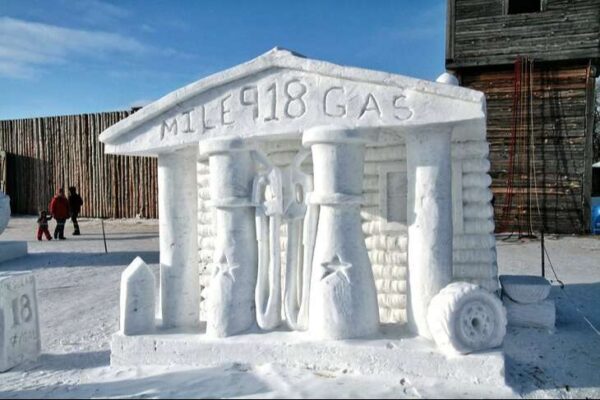
Winnipeg’s most popular winter festival, Festival du Voyageur, occurs in February and pays homage to the traditions of the French Voyageurs, the early fur traders of Canada. The festival features a variety of entertainment and events catering to both children and adults, with activities conducted in both French and English.
Outdoor venues, including Voyageur Park and other locations in the city, host large tents where visitors can enjoy live music, food, dancing, and more. Notable among the festival’s attractions are the captivating ice and snow sculptures, adding to the festive atmosphere. Another cherished tradition of the festival is the beard-growing contest, allowing participants 10 weeks before the event to cultivate their best beard across four categories.
8. St. Boniface Cathedral
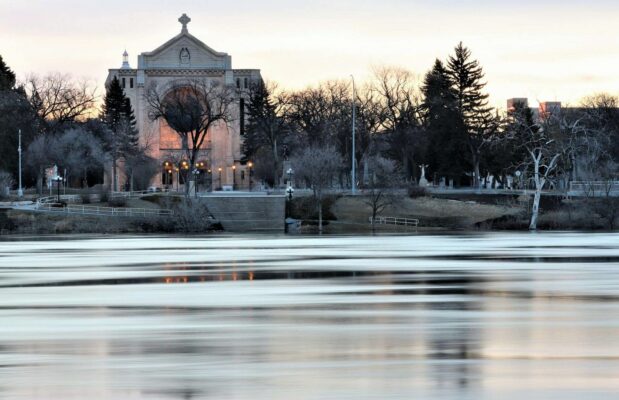
The oldest cathedral in western Canada, St. Boniface Cathedral, was established in 1818. While the building has undergone multiple reconstructions due to fire, the modern cathedral retains the historic façade, showcasing Manitoba’s best example of French Romanesque architecture.
Nestled in a charming park, the cemetery stands as Western Canada’s oldest Catholic burial ground. It houses numerous weathered gravestones marking the resting places of early settlers and prominent figures from days gone by, including the grave of Louis Riel.
Adjacent to the cathedral, the St. Boniface Museum, constructed in 1846 for the Grey Nuns, holds the distinction of being the oldest building in Winnipeg. Initially serving as a convent, hospital, girls’ school, and orphanage in the Canadian West, it underwent restoration in 1967 and now operates as a museum, chronicling the history of Manitoba’s French minority.
9. Manitoba Children’s Museum
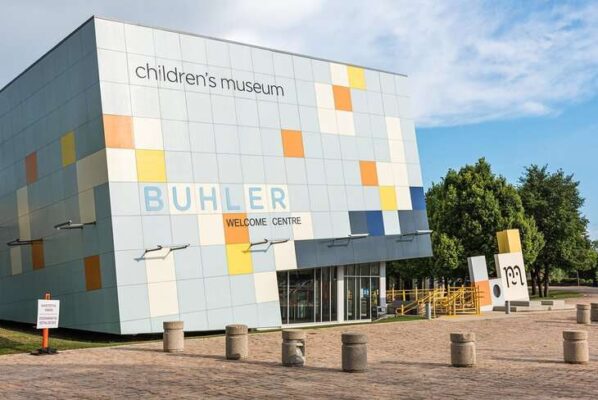
Situated at The Forks, the Manitoba Children’s Museum occupies a state-of-the-art facility. Inside this distinctive building, 12 interactive permanent galleries cater to children of all ages.
From the Milk Machine, boasting a giant cow cube that children can enter, to the Engine House, filled with an array of gears and levers for them to manipulate, the galleries offer diverse attractions. The Lasagna Lookout, where children can play with their food, adds another interesting dimension.
Beyond the permanent galleries, the museum regularly features traveling exhibits and organizes special events during occasions such as Halloween and Christmas.
10. The Exchange District National Historic Site
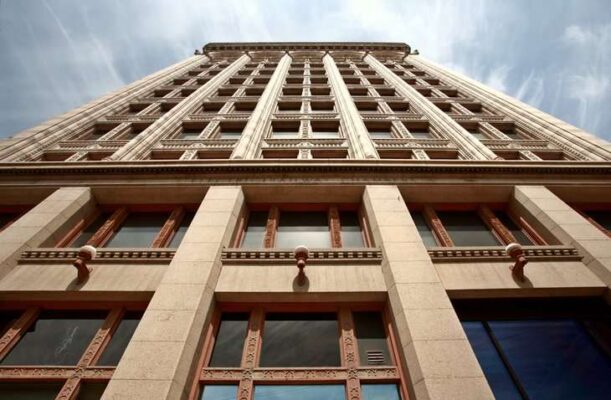
The Exchange District in Winnipeg features an architectural landscape dominated by Victorian and Edwardian commercial structures from the turn of the century. These buildings reflect the boom in financial institutions in the city from the 1880s to the 1920s.
In recent years, there has been a revival in the Exchange District, with former warehouses, banks, and business locations being repurposed into upscale shops, fashion boutiques, art galleries, and restaurants. Old Market Square, situated at the unofficial heart of the district, serves as the venue for various events and festivals throughout the summer.
Furthermore, the Exchange District plays a pivotal role in the city’s cultural life, hosting renowned venues like the Pantages Playhouse Theatre, Royal Manitoba Theatre Centre, and Manitoba Centennial Centre.
11. Riel House National Historic Site
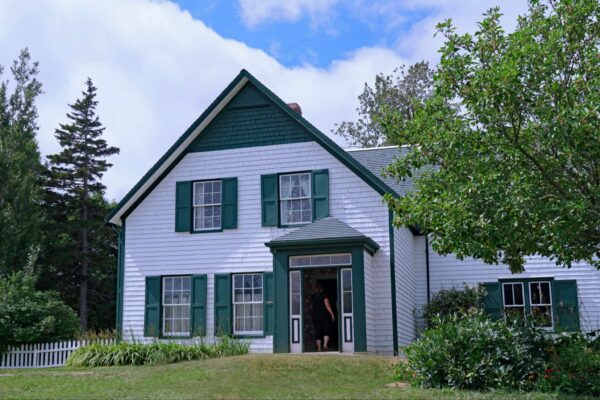
Riel House, once the residence of Louis Riel’s family, has undergone restoration to depict the social, economic, and cultural conditions experienced by the Lagimodière and Riel families in 1886. Louis Riel, the leader of the Metis and the founder of Manitoba, led rebellions in 1869 and 1884.
Following his execution in 1885, Riel’s body was laid in state at Riel House for two days. The house, built in the Red River-frame style, exemplifies the early settler homes in the Manitoba region. Riel’s descendants occupied this house until 1969.
Riel House is open seasonally during the summer months, specifically in June, July, and August.
12. Royal Canadian Mint
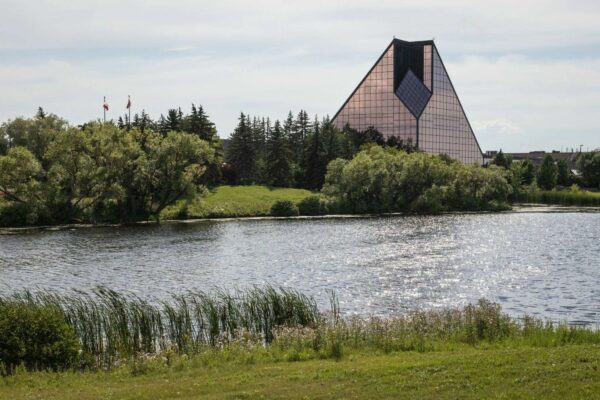
The Royal Canadian Mint manufactures coins not only for Canada but also for several other countries, with a total production exceeding 55 billion coins. The recently renovated tour area allows visitors to observe the entire minting process through interactive displays, showcasing the coin manufacturing process from inception to completion.
The on-site museum effectively presents the historical evolution of coins and currency. Housed in an ultra-modern, triangular-shaped building, the facility features a tropical garden and fountain. It is advisable to make reservations for the 45-minute tours.
Accommodation: Where to Stay in Winnipeg: Best Areas & Hotels
FAQs
Q: What is the best time to visit Winnipeg?
A: The summer months (June to August) offer pleasant weather, making it an ideal time for outdoor activities.
Q: Are there kid-friendly activities in Winnipeg?
A: Yes, attractions like the Winnipeg Zoo and Assiniboine Park cater to families with children.
Q: How do I get around the city?
A: Winnipeg has a well-connected public transportation system, but renting a car provides flexibility for exploring various attractions.
Q: Are there any free attractions in Winnipeg?
A: Yes, places like The Forks and many parks offer free entry, allowing visitors to enjoy the city on a budget.
Q: Can I experience northern lights in Winnipeg?
A: While not as common as in more northern regions, Winnipeg occasionally experiences northern lights, especially during periods of high solar activity.

